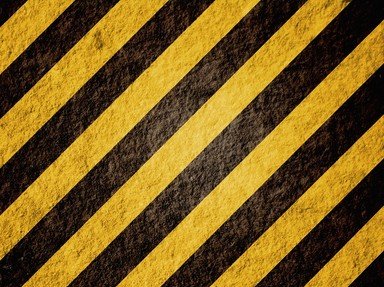
Hazard a Guess? Trivia Quiz
The world of weather and natural disasters can be quite frightening, but it's through measured analysis that we can determine our level of safety. Match the provided hazard scale with what it's used to measure. Good luck!
This is a renovated/adopted version of an old quiz by author spedboy_23
A matching quiz
by kyleisalive.
Estimated time: 3 mins.
- Home
- »
- Quizzes
- »
- Science Trivia
- »
- Environment
- »
- Weather